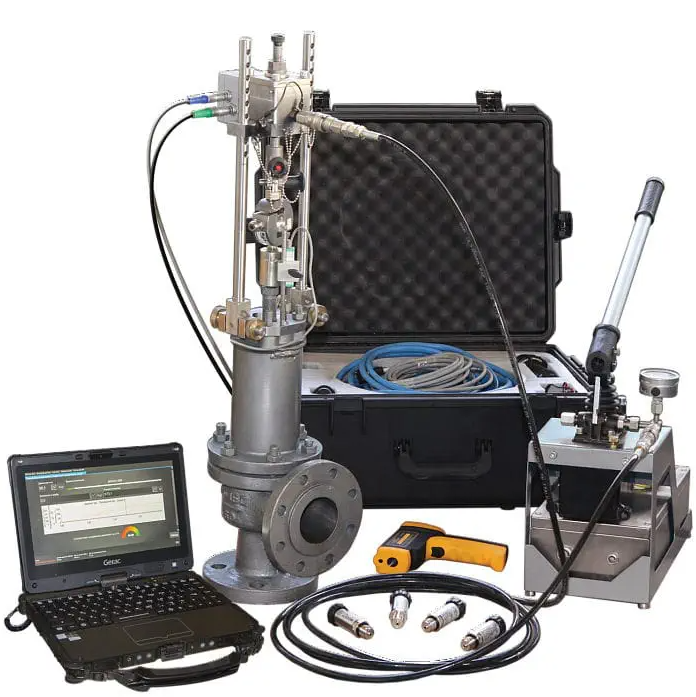Valves are astonishing by definition. You may have an idea of what you'll find when opening a valve, but there's always room for an unpleasant surprise. From destroyed components to stuck keys (believe it or not!), you can be caught off guard. If you encounter such a situation during an on-site operation, you might have some extra work to get the valve back in operational condition, while a valve workshop has the right resources to address the most common problems a valve can present.
From custom manufacturing of spiral wound gaskets to the application of special coatings, everything needs to be covered. Don't worry about getting everything sorted in time; after all, how about 120 valves per shift per week?
É sempre preferível realizar uma cirurgia em uma UTI bem equipada do que em uma tenda da cruz vermelha. A diferença está no conjunto de procedimentos disponíveis que podem ser executados em cada um. Se o escopo do trabalho exigir reconstrução, fazer no local significa levar a montanha até a válvula, no entanto, um escopo limitado de trabalho, como ajustes finos, testes padrão e substituição de peças, pode tornar a operação in loco mais eficiente.
O reparo dos PSVs pode facilmente se enquadrar em um escopo limitado; portanto, a opção para executá-lo no local é geralmente preferível para esse grupo. Por outro lado, o reparo de válvulas de controle in loco com bom custo e escopo limitado geralmente é uma vantagem de bases instaladas que contam com fácil acesso a sobressalentes originais e alta intercambialidade de peças.
Os benefícios são claros: não há tempo perdido em logística, integração eficiente com serviços acessórios de campo e facilitação do processo de monitoramento.

Enki is a real-time progress monitoring and reporting system. Through it, factory shutdown managers can access S-Curve graphs online that reflect the progress of the work.
Although online diagnostics have been around for the last decade, it's still not easy to find maintenance teams prepared to extract the full potential of this technology. You probably know a lot about predictive maintenance and have researched many tools to join the Industry 4.0 movement, so let's get straight to the point.
Using smart positioners or other specialized equipment to collect valve data allows prioritizing valves in need of repairs and making data-driven decisions on which ones should undergo preventive maintenance. The payoff comes with savings in spare parts, labor, cranes, and, of course, simpler planning. While there are short-term returns, especially in identifying valves that need corrective maintenance, the total impact occurs within 2 years of data collection, a period long enough to safely identify which valves will fail before the end of the next campaign.
